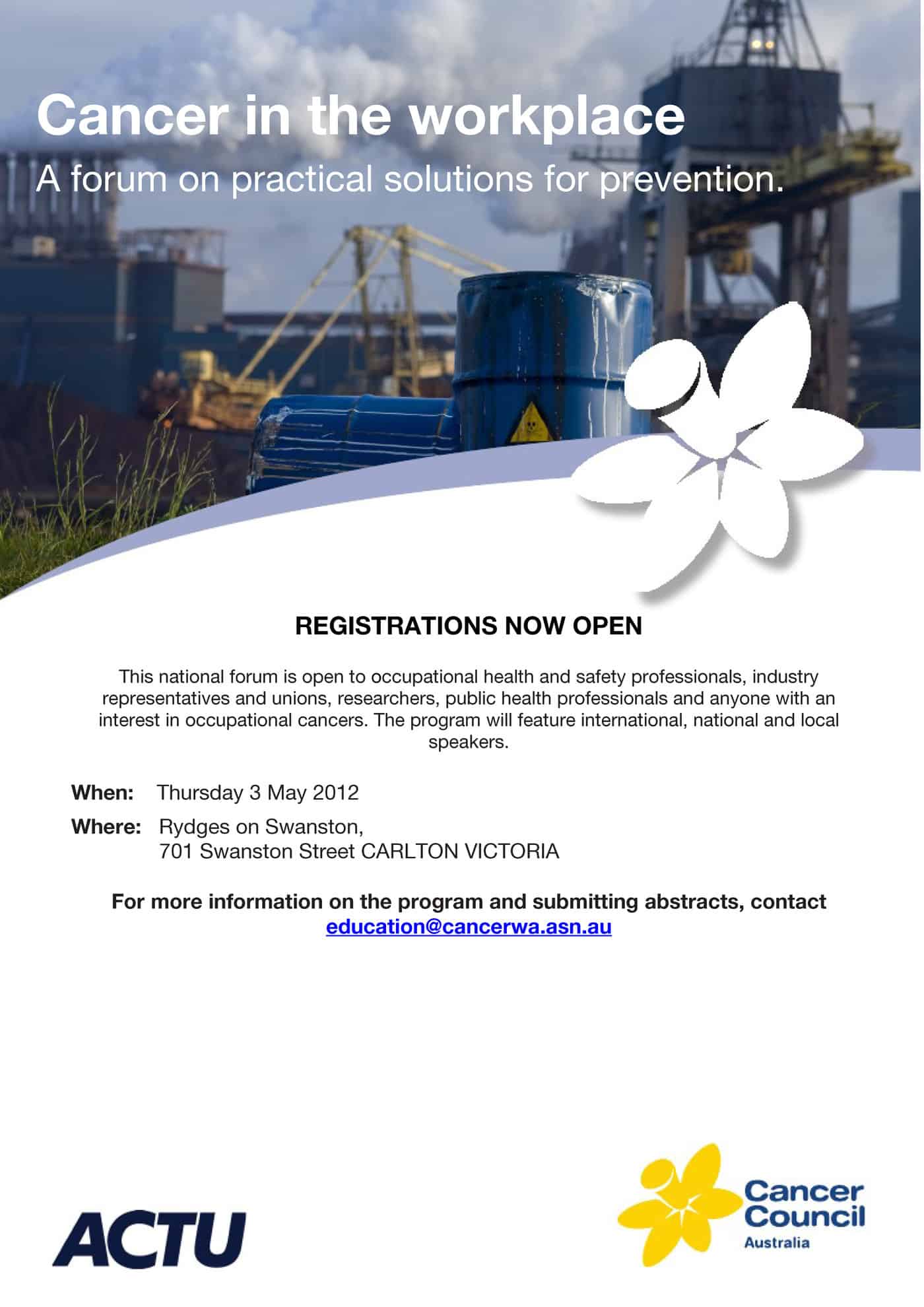Last week Professor Rod McClure of the Monash Injury Research Institute urged Australian safety professionals to look at the ecology of safety and injury prevention. By using the term “ecology” outside of the colloquial, he was advocating that we search for a universal theory of injury prevention. In short, he urged us to broaden our understanding of safety to embrace new perspectives. It could also be argued that he wanted to break the safety profession out of its malaise and generate some social activism on injury prevention – a philosophical kick in the pants.
Before discussing the latest research Australia’s Barbara Pocock has undertaken, with her colleagues Natalie Skinner and Philippa Williams, the challenge of achieving some degree of balance between the two social activities of work and non-work can be indicated by a graph provided by Dick Bryan and Mike Rafferty in a recent DISSENT magazine article about financial risk.
In 2008 people in Australian households were working over 50 hours per week. The reasons for this are of less relevance than the fact that Australian workers are well beyond the 40-hour work week, not including any travel time. Work has a social cost as well as a social benefit and any discussion (debate?) over productivity, as is currently occurring in Australia, must also consider the social cost of this productivity. The graph above is a symptom of the challenge of achieving a decent quality of life and a functional level of productivity – the challenge that Pocock, Skinner and Williams have undertaken. Continue reading “Evidence of the need to change how and why we work”



